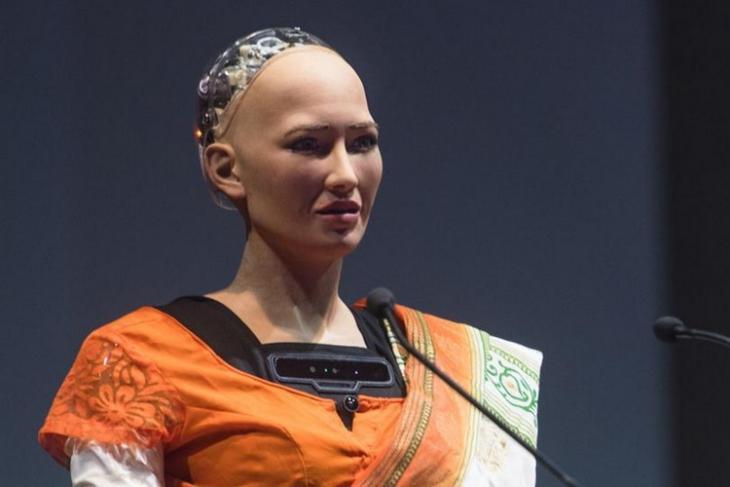Researchers Have Developed Artificial Human Skin for Robots


Researchers take developed a system combining artificial peel with control algorithms and used it to create the first autonomous humanoid robot with total-body artificial pare.
The artificial pare adult past Professor Gordon Cheng and his team from Technical University of Munich in Deutschland, consists of hexagonal cells about the size of a two-euro coin (i.e. about 1 inch in bore).
Co-ordinate to the study published in the periodical Proceedings of the IEEE, each is equipped with a microprocessor and sensors to notice contact, acceleration, proximity and temperature.
Such artificial skin enables robots to perceive their surroundings in much greater particular and with more sensitivity.
This not only helps them to movement safely. It as well makes them safer when operating virtually people and gives them the ability to anticipate and actively avert accidents.
According to the study, the biggest obstacle in developing robot peel has always been computing capacity.
Man skin has around five million receptors. Efforts to implement continuous processing of information from sensors in bogus skin presently run upwardly confronting limits.
Previous systems were rapidly overloaded with data from merely a few hundred sensors.
To overcome this problem using a neuroengineering approach, researchers practise not monitor the peel cells continuously, but rather with an event-based system.
This reduces the processing effort by up to ninety per cent.
With the event-based approach, inquiry has at present succeeded in applying artificial pare to a human-size autonomous robot not dependent on any external computation.
The H-one robot is equipped with i,260 cells (with more than xiii,000 sensors) on its upper body, arms, legs and even the soles of its feet. This gives information technology a new "bodily awareness".
For instance, with its sensitive feet, H-1 is able to respond to uneven flooring surfaces and even balance on one leg.
With its special skin, the H-i can even give a person a hug safely. That is less lilliputian than it sounds – robots tin exert forces that would seriously hurt a human being. During a hug, 2 bodies are touching in many different places.
"This might not be equally important in industrial applications, simply in areas such as nursing care, robots must be designed for very close contact with people," Cheng explained.
"Our system is designed to work trouble-free and quickly with all kinds of robots," he said.
"At present we're working to create smaller peel cells with the potential to be produced in larger numbers," he added.
Source: https://beebom.com/researchers-have-developed-artificial-human-skin-for-robots/
Posted by: hudsonthied1991.blogspot.com


0 Response to "Researchers Have Developed Artificial Human Skin for Robots"
Post a Comment